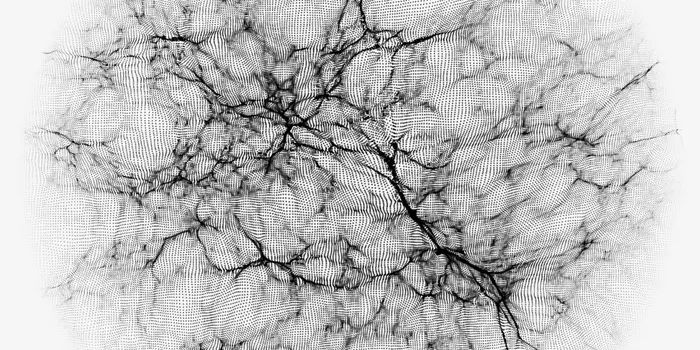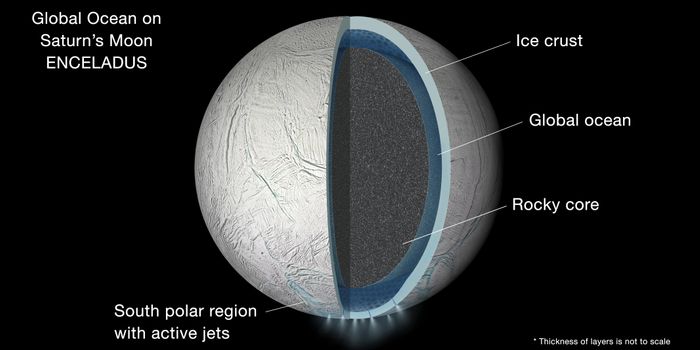New Technology for Electronics Improves Cooling and Reduces Bulkiness
One of the biggest issues with electronics is the heat generated by the underlying devices. These devices need to be cooled down otherwise the heat can degrade the quality, or even ruin the device completely. Check out the video below to understand why cooling is required for such systems.
Existing cooling methods have a few issues as explained by researchers from the University of Urbana-Champaign, Illinois, and the University of California, Berkeley, who carried out research into finding a new method for cooling electronic devices and published it in the peer-reviewed journal, Nature Electronics.
Tarek Gebrael, a doctoral student as well as the lead author of this paper explained that there are three main issues with the current cooling mechanisms for electronic devices:
- These are expensive, e.g., diamonds are involved.
- The heat removal instrument is attached at the top of the main device, which does not serve the purpose well since the actual heat is generated underneath the electronic device.
- The most common heat dissipators can’t be installed on the electronics surface; a layer of “thermal interface material” is added between these two. This leads to poor heat transfer, thereby sabotaging the output of the device.
The researchers solved all of these issues with their method using copper for heat dissipation. As we know, copper is relatively cheap when compared to diamonds, therefore it solves the cost issue. Moreover, the electronic device can be directly coated with copper from all sides, which makes sure that all the generated heat is taken care of. The last issue is already resolved due to the design, i.e., no extra interface material is needed.
When they compared their heat dissipation method to the usual ones, they found that this new method either provides similar -or better- results in certain cases. The best part is that bulkiness is not an issue in their method. Providing a quantitative measurement of their work, these researchers reveal that this solution can lead to an increase of 740% in the power per unit volume, which is a big deal in the real world.
Source: EurekaAlert, Nature Electronics








